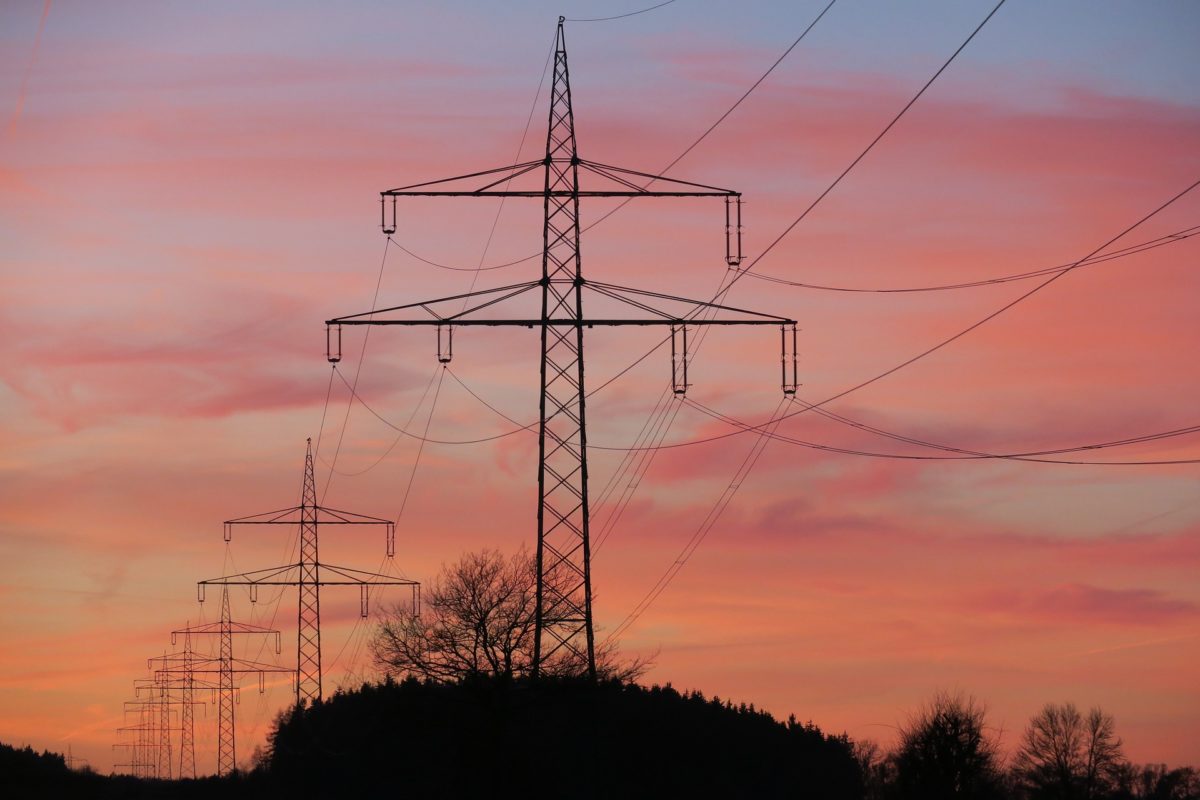The rapid development of large-scale solar and wind projects and the unstoppable growth of Australia’s rooftop PV fleet have improved power supply reliability across the nation’s main grid, reducing the risk of summer blackouts. However, more action is required to fill in the gap left by retiring coal-fired generators.
The Australian Energy Market Operator (AEMO) said last week that unserved energy is not expected to exceed the reliability standard in any part of the National Electricity Market (NEM). Thanks to the inflow of new renewable energy generation for the coming summer, the new forecast is in stark contrast to last year’s report, in which AEMO ominously predicted a summer punctuated by a high risk of “simultaneous unplanned outages” as a result of decreasing reliability of ageing coal-fired generators.
“It is great to see how industry’s investment in new resources improves the reliability outlook for this summer,” said AEMO Managing Director and Chief Executive Officer Audrey Zibelman, noting an additional 4.3 GW of new renewable energy capacity that will be operational this summer, compared to what was available last year.
Across the NEM, the unfolding pandemic is expected to reduce peak demand and energy consumption over the coming summer under most scenarios. Due to strong rooftop PV uptake, the AEMO forecasts rapid declines in daytime minimum operational demand. In South Australia, it points to the importance of Project EnergyConnect in alleviating system security risks under certain conditions.
The tremendous growth of rooftop PV, particularly in South Australia, has shown that the national grid has been seriously lagging behind in the integration of distributed energy resources. As part of the state's plan to stabilize its grid as it moves towards its 100% renewables goal by 2030, the state government has given the green light to AEMO to switch off its rooftop PV fleet in times of emergency and thus address any major drops in operational demand that could compromise grid stability and cause blackouts.
“As we continue to see the increasing shift towards non-traditional generators and the increasing take up of household rooftop PV, we are encountering new challenges of managing voltage, system strength, and inertia,” Zibelman said. “With minimum demand carved out during the day, there’s an opportunity for innovative solutions and technologies to enter the market and utility-scale energy storage is likely to become increasingly important for daily operation.”
Minister for Energy and Emissions Reduction Angus Taylor has acknowledged that the improved reliability outlook is due to lower forecast peak demand, minor generation/transmission augmentations, and significant renewables development. He noted the need for projects such as the Snowy 2.0 pumped hydro to proceed.
“We want to avoid a repeat of Victoria’s pitfalls after the closure of the Hazelwood power plant,” Taylor said.
This content is protected by copyright and may not be reused. If you want to cooperate with us and would like to reuse some of our content, please contact: editors@pv-magazine.com.




By submitting this form you agree to pv magazine using your data for the purposes of publishing your comment.
Your personal data will only be disclosed or otherwise transmitted to third parties for the purposes of spam filtering or if this is necessary for technical maintenance of the website. Any other transfer to third parties will not take place unless this is justified on the basis of applicable data protection regulations or if pv magazine is legally obliged to do so.
You may revoke this consent at any time with effect for the future, in which case your personal data will be deleted immediately. Otherwise, your data will be deleted if pv magazine has processed your request or the purpose of data storage is fulfilled.
Further information on data privacy can be found in our Data Protection Policy.